The Joys and Dangers of Solo Backpacking
Solo backpacking is life lived on your own terms. You are free to come and go at your will and dial the difficity to the level you want. You are experiencing life boiled down to its purest form, with nothing but your shoes, your wits, and your thoughts to guide you through your journey.
I was out for a weekend of solo backpacking in the Mazatzal Wilderness. The trip’s mission was to practice time lapse astrophotography; something I love and am always trying to perfect. I left Saturday afternoon and hit the trail around 2pm with the mid November air having just the right amount of crisp. For those unfamiliar with the area, Mazatzal Peak is a prominent high desert mountain 25 miles southwest of Payson Arizona. The area has very similar landscape to the the Four Peaks Wilderness which resides just outside of the Phoenix metro. Both wilderness areas reside in the massive Tonto National Forest, which happens to be the fifth largest forest in the United States. Mazatzal is the more remote, lesser known cousin of the widely popular Four Peaks Wilderness. The Mazatzal Wilderness which means “land of the deer” is not to be taken lightly. It is full of steep drop offs, thick brush, and all sorts of critters from scorpions to mountain lions.
After following the Barnhardt Trail for around 4 miles, I found a nice flat area to camp. The location was a great vantage point. I was able to view the basin I had just hiked through as well. I could also look onward to the seemingly endless rolling hills of the Mazatzal. While camping under the stars I was able to capture some good astrophotos and thankfully was not too cold.
Waking up the following morning I was on a mission to reach the summit. Mazatzal Peak is a 7,903 ft high desert mountain. According to the directions I was following there is no actual trail to the summit. The instructions and trip reports I had read all said that you have to bushwhack your way across several hills full of very thick brush. So around mile 4.3 I turned off the trail and began my assault on the mountain; pushing my way through the jungle-like southwestern brush. After pushing for what felt like several miles I looked down to my GPS watch only to see that I had walked a mere 0.6 of a mile. Dismayed, I dug deep to keep pushing my way onward. This process continued for 5 hours. Every ledge I reached turned out to be another false summit. This mountain was beginning to assert its' dominance on my willpower. Finally I caught a glimpse of what I knew had to be the summit. After another mile I was very relieved to find the geological survey’s high point marker. I stopped for lunch and game planned my route back to the parking lot.
I left the summit around 2pm. My strategy for descending was to try and intercept the original trail around the 4 mile mark. This trail system makes a large semicircle around the mountain range so theoretically aiming my trajectory toward the right a bit would lead me back to the trail sooner. Or so I thought…
Unfortunately, I ended up overcompensating on my way back and missed the trail entirely.
The thought that it had taken me almost 7 hours to reach the summit was slowly creeping in on me. I had done over 4 miles the previous day just to reach my camping spot and now I needed to go all the way back to my vehicle. I was several miles off trail, in deep brush, and hadn't seen another person all weekend. I was slowly realizing that I couldn’t make it back to my car or even to the trail before nightfall. Though I have years of experience in the outdoors, the feeling of doubt began to creep in. As darkness began to fall I decided to notify my parents and emergency services for some assistance. I was lost and running out of phone power, food and water—all things that are critical with solo backpacking. If I had continued on blindly my safety would have become compromised—something that no one wants to experience and the last thing I was expecting when I woke up that morning.
I was rescued the following day and then I realized just how lost I was. I am very thankful to the Arizona search and rescue officers who assisted me.
I learned a lot and wanted to share this story to highlight a few things I think are important that may hopefully help someone avoid a similar situation in your outdoor endeavors.
Bring extra supplies: water, emergency food, batteries for flashlight
Emergency blanket
Let people know where you are going and when you expect to return
Investing in a GPS unit is a great idea for those who spend a lot of time outdoors and off trail
A map and compass of the area as well as orienteering skills to use these tools
Phone charger, dialing 911 will get you emergency help in the wilderness, if you have service
Personal locator beacon, expensive but if you need it you’ll be glad you have it
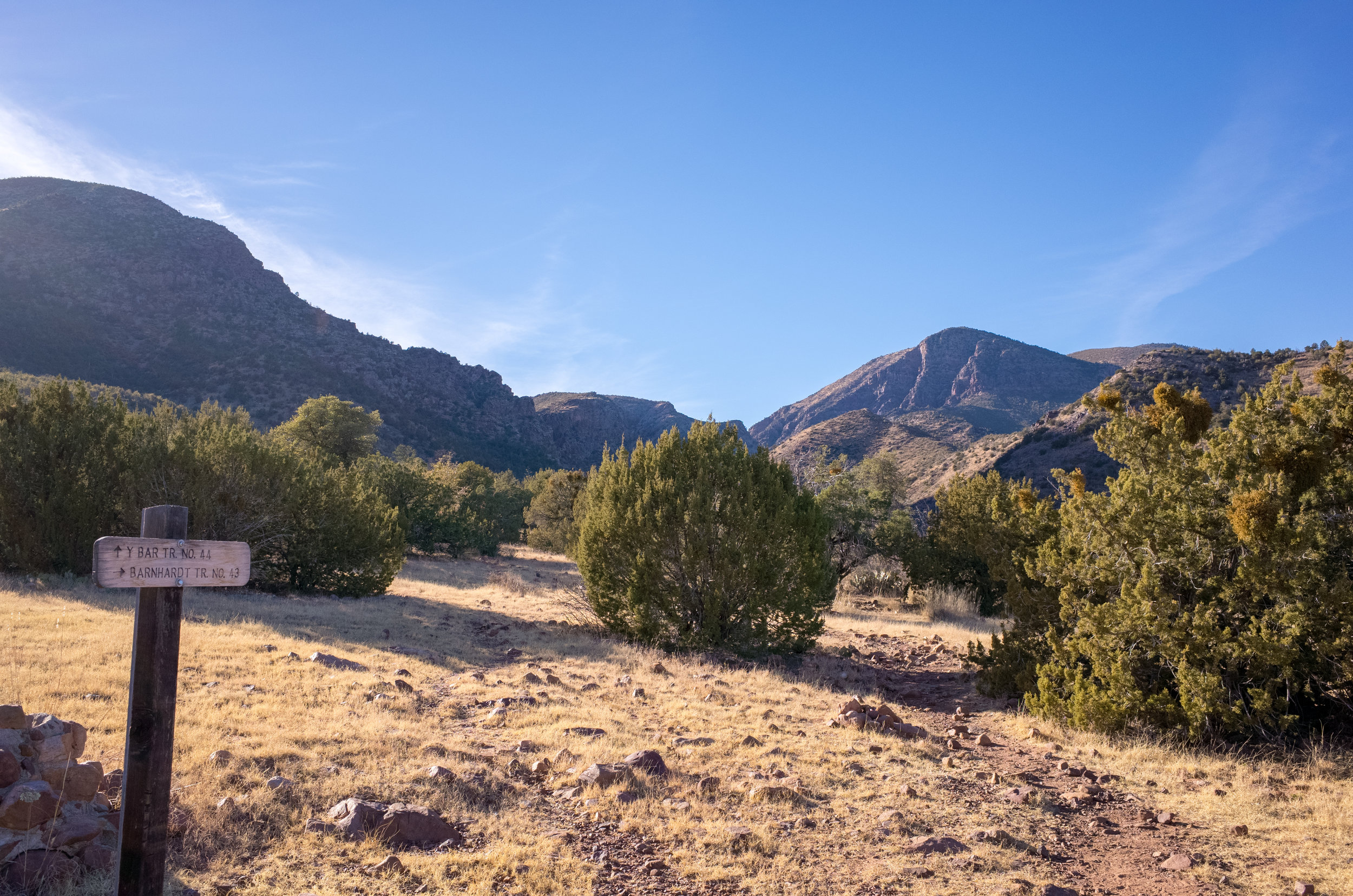

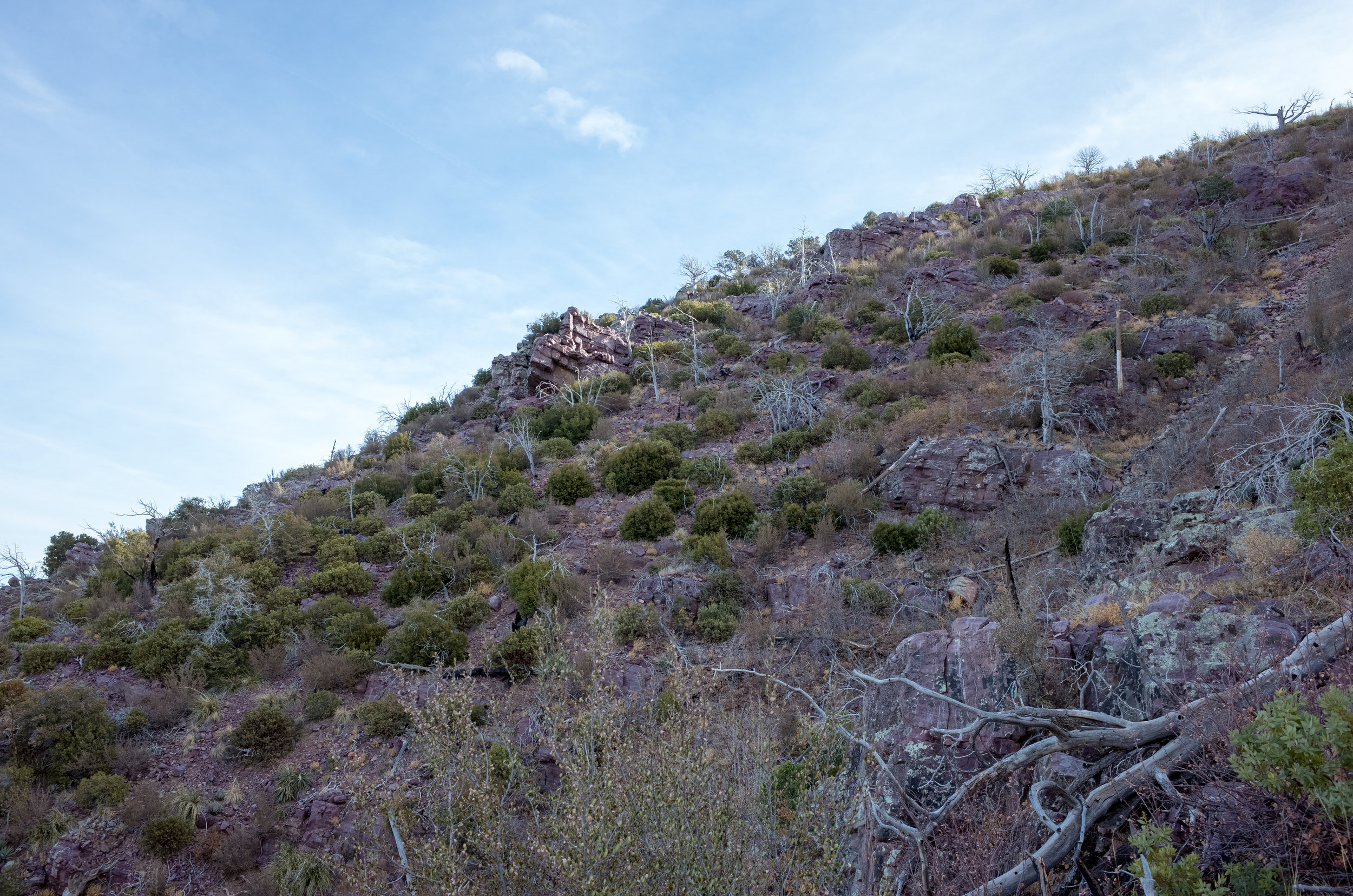
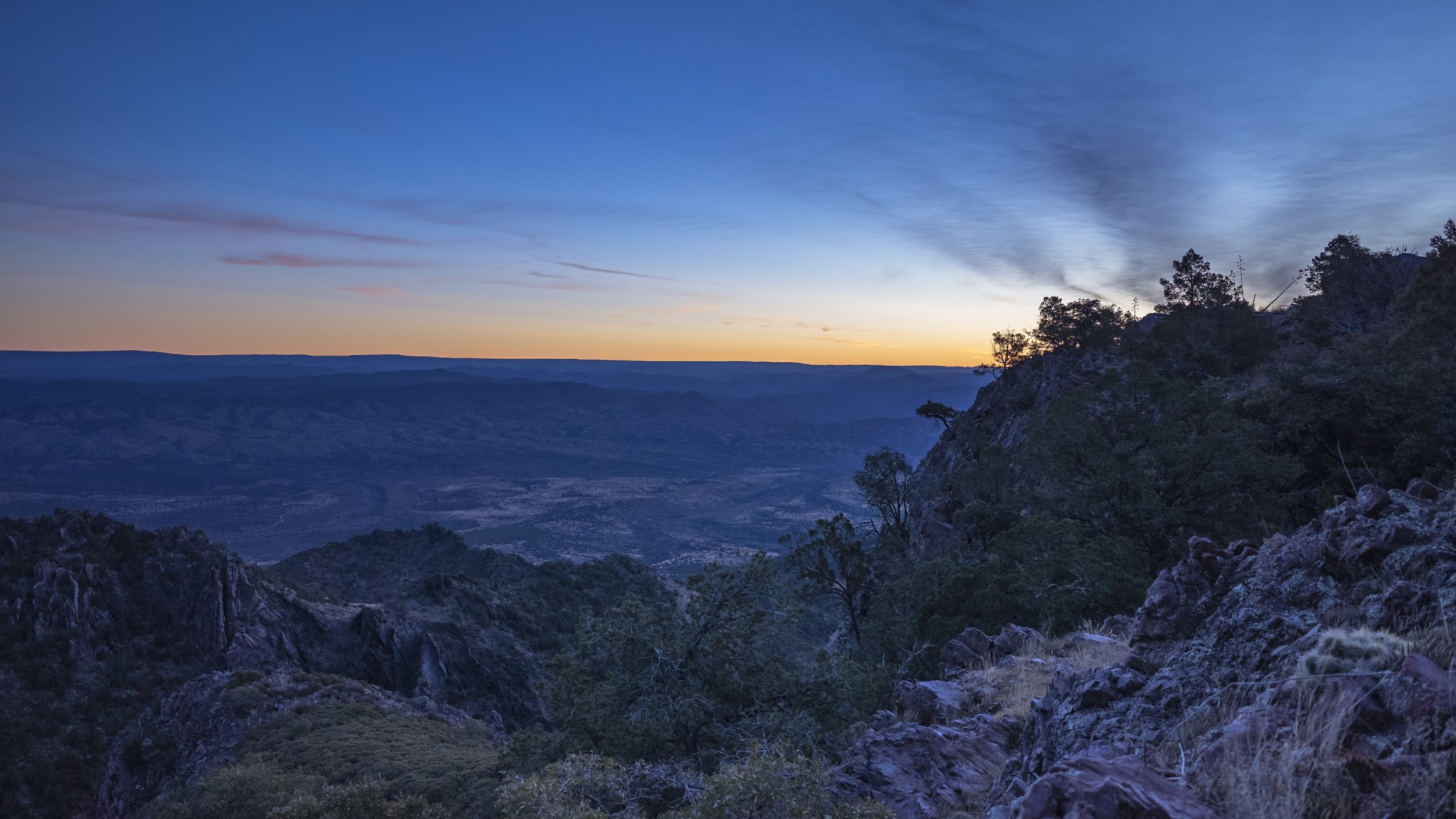

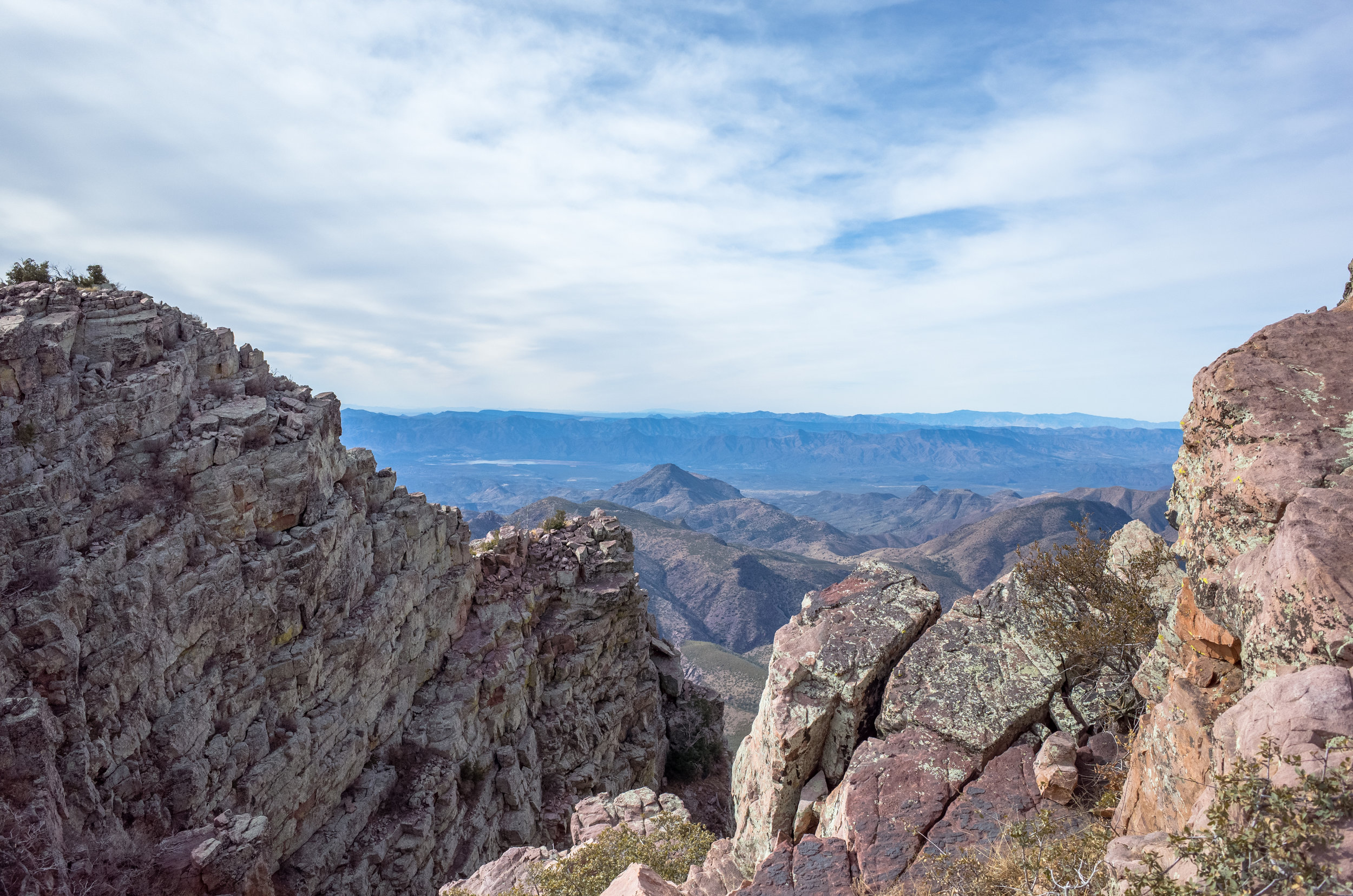
Interested in reading more outdoor survival stories written by People of Color? Check out "Grief, Trauma and Loss in the Outdoors" , "Blood on the Ice: The Hard Truth of Adventure Sports." and "28 Days Later."





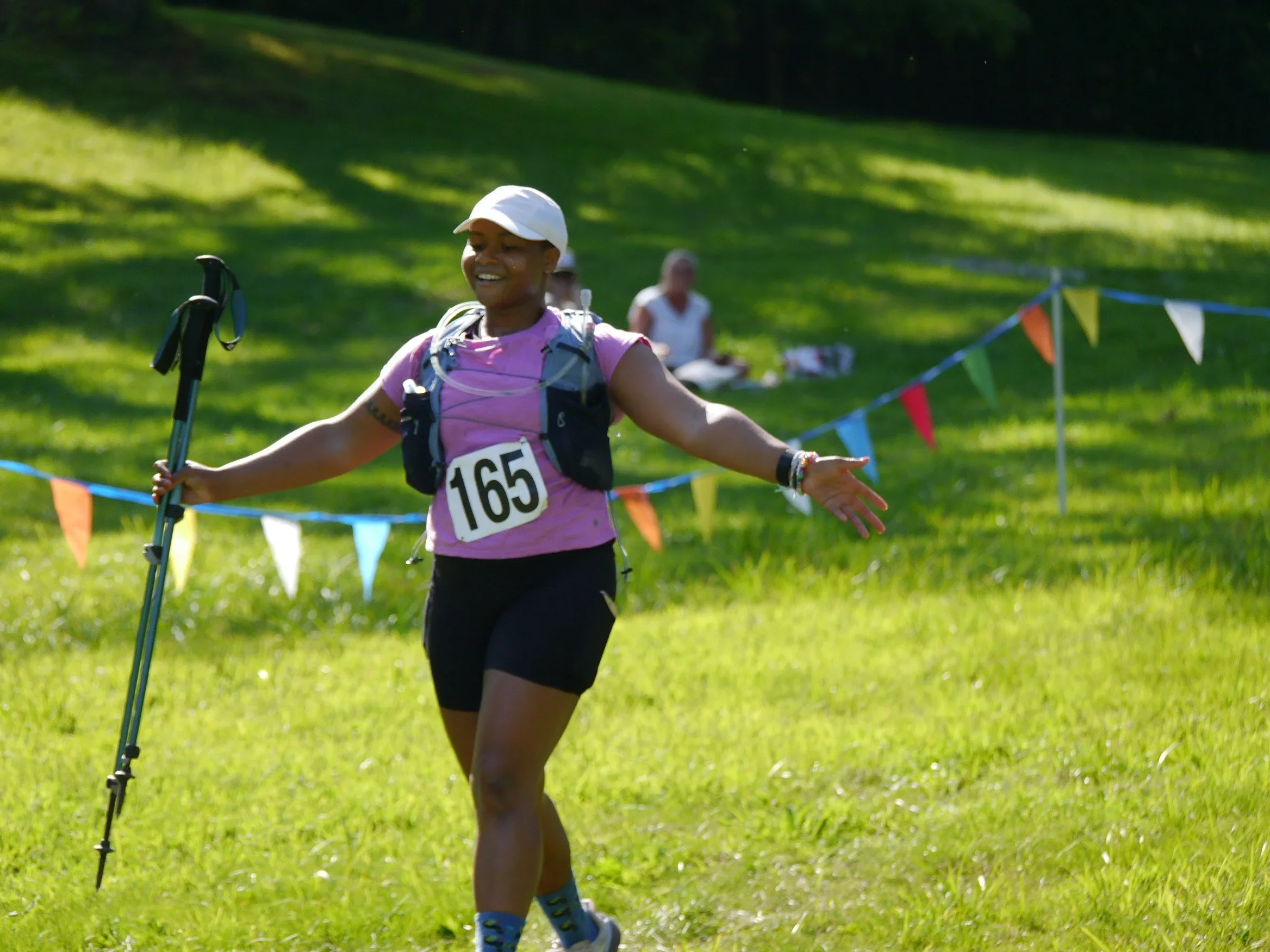


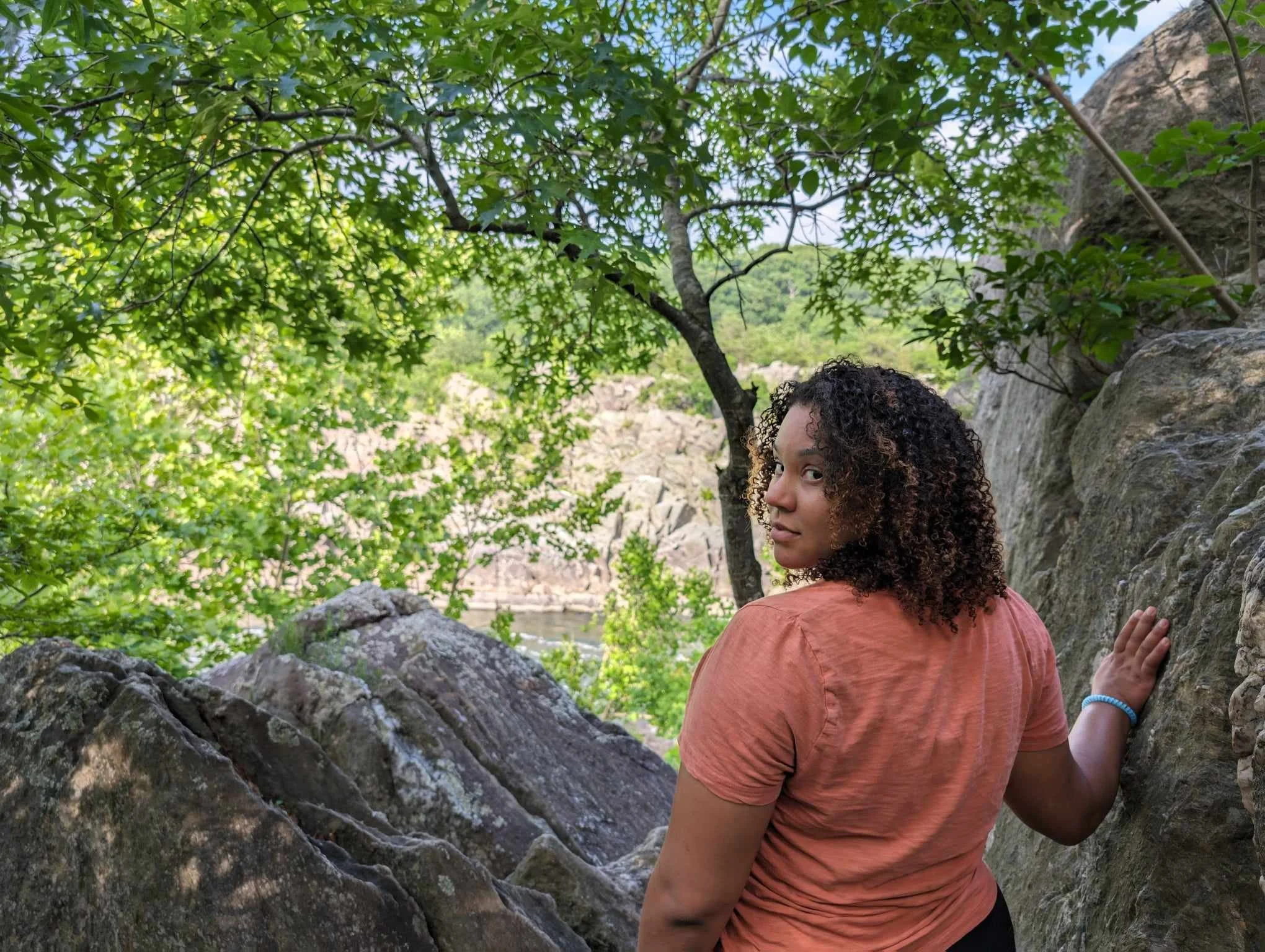

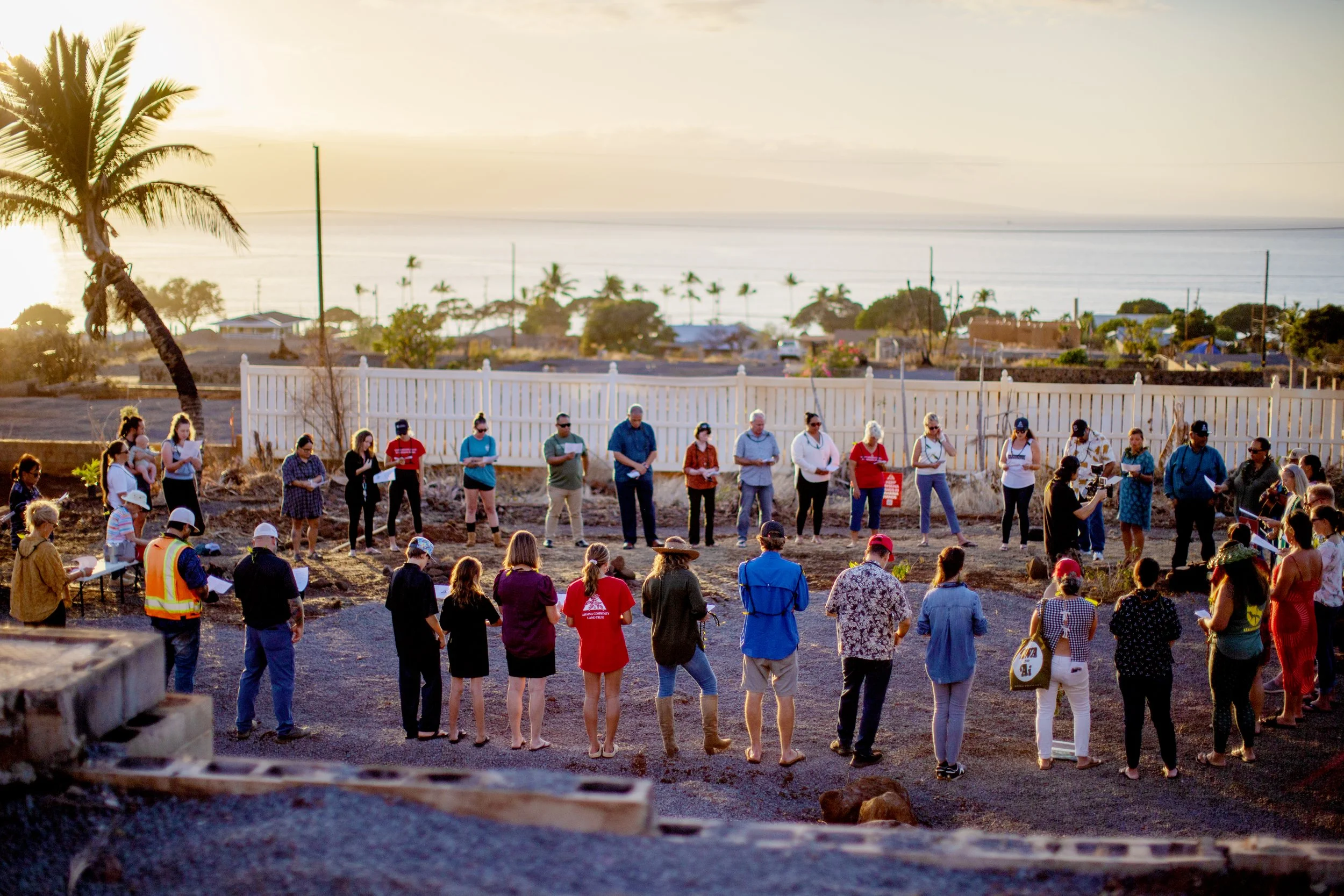


Mario founded the nonprofit Un Mar de Colores to bring global majority kids in San Diego County to the beach and teach them to surf, be safe in the ocean, and be stewards of the environment. This is where the magic happens.